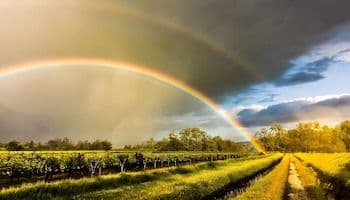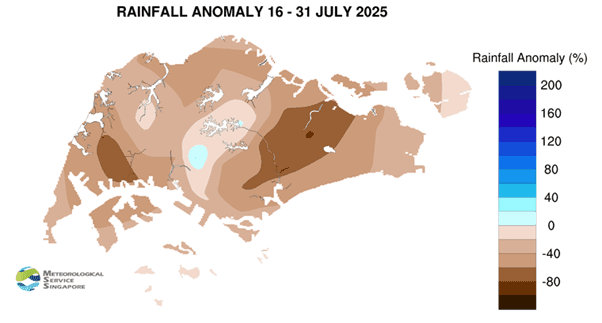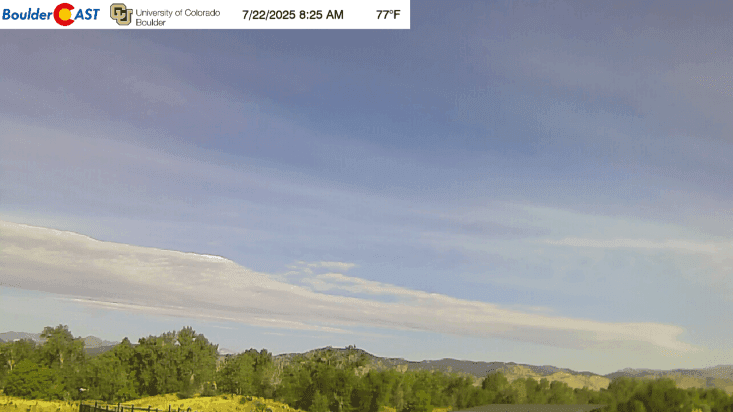The Unseen Architects of Our Skies: How Meteorology Navigates a Volatile Climate
Uncover meteorology's crucial role in deciphering atmospheric shifts, predicting extreme weather, and helping societies adapt to our dynamic global climate.

From Daily Forecasts to Global Insights
For many, meteorology begins and ends with the daily weather forecast – a quick check for tomorrow's temperature in or , or perhaps a heads-up on the current weather before stepping out. We often glance at reports on rising temperatures, perhaps noting a predicted 38 degrees in the capital or even a scorching 42 in , and plan our day accordingly. Yet, this seemingly routine interaction with 'weather news' barely scratches the surface of what modern meteorology truly encompasses. It's a foundational science that translates immediate atmospheric conditions, like a severe heatwave expected to push some regions past 43 degrees in the shade, into comprehensible information. These local observations, from daily highs and lows to humidity levels and morning fog warnings, are not isolated facts. Instead, they are vital data points that feed into a much larger, intricate system, helping scientists understand the complex, ever-shifting dynamics of our planet's atmosphere on a global scale. This transformation from simple prediction to profound insight is where the true power of weather science lies.
Decoding the Atmosphere: Tools of the Trade
Unraveling the complexities of our atmosphere, especially when facing phenomena like dense morning fog stretching across the or a significant rise in humidity making the perceived temperature feel several degrees hotter, demands a sophisticated arsenal of tools. Meteorologists don't just 'guess' the weather; they meticulously collect and analyze vast quantities of data. This scientific endeavor relies on a global network of advanced instruments: ground-based weather stations measure temperature, pressure, and wind speed; weather balloons ascend into the upper atmosphere, relaying real-time profiles of conditions; and detect precipitation and wind patterns. Crucially, Earth-orbiting satellites provide a sweeping, comprehensive view of cloud formations, storm systems, and atmospheric moisture, offering critical data from regions where ground observations are sparse. All this raw data is then fed into powerful run on supercomputers. These models simulate atmospheric processes, enabling experts like , Director General of Forecasts and Early Warning, to issue precise forecasts and timely warnings, transforming raw data into actionable insights for millions.

The Climate's Clarion Call: Meteorology in a Warming World
The persistent warnings from meteorological authorities about severe heatwaves and steadily rising temperatures, with some areas consistently hitting 40 degrees or even exceeding 43 degrees, serve as a stark reminder of our warming world. Meteorology's role has expanded far beyond just predicting tomorrow's rain or sunshine; it now stands as a vital sentinel, monitoring and interpreting the climate's increasingly urgent 'clarion call.' By meticulously tracking long-term temperature trends, analyzing shifts in humidity patterns, and observing the escalating frequency and intensity of extreme weather events, meteorologists provide the indisputable scientific evidence of in action. Their data isn't just about current conditions; it's the foundation for sophisticated climate models that project future scenarios, helping us understand the profound implications of a changing climate on everything from water resources to agricultural yields. This evolving focus underscores meteorology's indispensable contribution to climate science, offering critical insights needed to confront one of humanity's greatest challenges.
Safeguarding Society: Impact on Daily Life and Decision-Making
The impact of meteorology extends deeply into the fabric of daily life and decision-making, far beyond simply knowing whether to carry an umbrella. When of the issues a warning about a severe heatwave, or forecasts dense morning fog on major roads, these aren't just news items; they are critical alerts. Such information directly influences personal choices, from what clothes to wear to adjusting travel plans to avoid hazardous conditions. On a larger scale, accurate forecasts are indispensable for public safety and infrastructure management. Early warnings for extreme heat enable health authorities to issue advisories, open cooling centers, and prepare emergency services. Predictions of dense fog guide transportation departments in managing traffic flow and ensuring road safety. From optimizing agricultural irrigation schedules to planning urban development that accounts for future climate risks, meteorological data empowers informed decisions, helping societies adapt and build resilience against the growing volatility of our climate.
Forecasting Tomorrow: Innovations and the Future of Weather Science
As our climate continues its volatile shifts, the future of weather science promises even more sophisticated and localized forecasting capabilities. While the core mission remains predicting temperature and humidity, the methods are rapidly evolving. The integration of and is revolutionizing how vast datasets from satellites, radars, and ground sensors are processed, leading to unprecedented accuracy and speed in predictions. Imagine hyper-local forecasts delivered in real-time, minute-by-minute, for specific neighborhoods. Innovations are pushing towards 'digital twins' of the Earth, incredibly detailed virtual models that can simulate weather patterns with astonishing precision. This isn't just about better daily forecasts; it's about enabling proactive climate resilience. Future meteorological advancements will be crucial for smart city planning, optimizing energy grids, enhancing disaster preparedness, and even informing public health strategies, such as understanding the link between extreme heat and health impacts. Meteorology is steadily advancing, becoming an even more indispensable guide in navigating the complex atmospheric landscape of tomorrow.
Related Articles

The Unseen Architects of Tomorrow: How Weather Forecasts Guide Global Decisions

The Unseen Architects of Tomorrow: How Weather Forecasts Guide Global Decisions

Decoding Tomorrow's Whispers: The Art and Impact of Weather Prediction

Decoding Tomorrow's Whispers: The Art and Impact of Weather Prediction

Weather's New Imperative: How Forecasting Became Our Blueprint for Resilience

Weather's New Imperative: How Forecasting Became Our Blueprint for Resilience

The Sky's Hidden Script: Unmasking Weather's Profound Influence on Earth and Humanity
